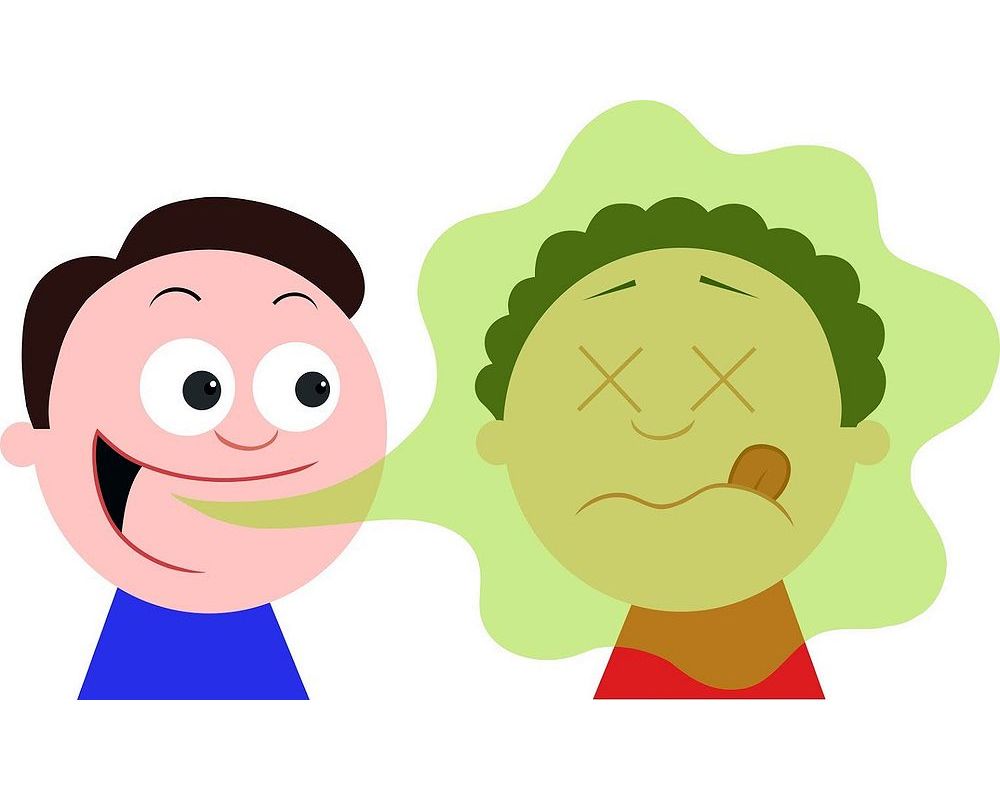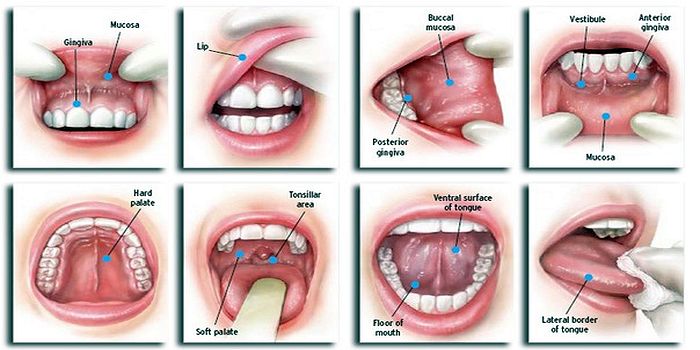Tooth sensitivity is a common problem affecting millions worldwide. While potassium nitrate and arginine remain gold standards, stannous fluoride has come under scrutiny due to recent recalls and safety alerts.
📌 Recommended Article :
Video 🔽 What is tooth sensitivity? ... Tooth sensitivity is evident when you consume a hot or cold food or drink. The pain is sharp and short-lived. There may also be pain from pressure and from chewing food.Biomimetic alternatives such as hydroxyapatite and bioactive glass are emerging as safer and effective solutions.
Advertisement
✅ Introduction
Dentin hypersensitivity is characterized by short, sharp pain caused by exposed dentinal tubules. According to Brännström’s hydrodynamic theory, fluid movement within the tubules stimulates nerve endings. Desensitizing toothpastes work by occluding tubules, reducing nerve excitability, or strengthening enamel to reduce external stimuli.
📌 Recommended Article :
Dental Article 🔽 Causes and Treatment of Dental Hypersensitivity: Updated Insights ... Dental hypersensitivity (DH) is defined as a transient, sharp pain arising from exposed dentin in response to external stimuli, which cannot be attributed to any other dental pathology.✅ Mechanisms of Action
° Tubule occlusion: Arginine with calcium carbonate, bioactive glass, and hydroxyapatite precipitate crystals that seal dentinal tubules.
° Nerve desensitization: Potassium nitrate increases extracellular potassium, reducing nerve excitability.
° Enamel remineralization: Fluoride, calcium phosphates, and hydroxyapatite strengthen enamel and protect against future exposure.
📌 Recommended Article :
Dental Article 🔽 Gum Recession: Causes, Consequences, and the Most Effective Treatments in 2025 ... This article explores the most common causes, health consequences, and evidence-based treatments available in 2025.✅ Evidence-Based Ingredients
° Potassium Nitrate (5%): Still considered the gold standard. Clinical trials show effectiveness after 2–4 weeks of continuous use (West et al., 2013).
° Arginine (8%) + Calcium Carbonate: Provides rapid relief within 2 weeks, widely supported by clinical evidence (Cummins, 2009).
° Hydroxyapatite (nano-HA): Biomimetic material that repairs enamel and seals tubules; promising fluoride-free alternative (Huang et al., 2016).
° Bioactive Glass (Calcium Sodium Phosphosilicate): Releases calcium and phosphate ions for tubule occlusion and remineralization.
° Stannous Fluoride (SnF₂): Historically used for sensitivity and caries prevention. However, recent recalls and health alerts have raised concerns about its stability and side effects (tooth staining, metallic taste, mucosal irritation).
📌 Recommended Article :
Video 🔽 Bruxism - A Major Cause of Gum Recession ... Another consequence of bruxism is the progressive loss of the maxillary bone, generating a recession of the gums. Bruxism must be treated to avoid its serious consequences that go beyond just a dental problem.✅ Why Stannous Fluoride Has Been in the News Recently
° Product recalls: Colgate recalled certain SnF₂-based toothpastes in Latin America due to potential oral health risks.
° Health authority warnings: Dominican Republic’s Ministry of Health issued alerts regarding adverse reactions such as ulcers, burning sensations, and gum swelling linked to SnF₂ products.
° Regulatory and legal scrutiny: In the U.S., lawsuits have targeted major companies (Colgate, P&G) over fluoride safety in children’s products, adding pressure to reformulate and repackage.
° Corporate response: Colgate recently announced packaging updates to better guide safe toothpaste amounts for children under six.
📌 Recommended Article :
Video 🔽 What is the treatment of receding gums? ... Gum retraction is one of the most common pathologies that can be observed in dental offices. The causes are varied and is usually due to the presence of chronic periodontal diseases.✅ Recommended Usage
° Twice daily brushing.
° Noticeable improvement typically within 2–4 weeks.
° Continuous use is required; sensitivity often returns if discontinued.
💬 Discussion
Recent events show that while SnF₂ remains effective, its instability and reported adverse effects limit its widespread use. Newer stabilized formulations (such as SNaP: stannous fluoride stabilized with nitrate and phosphates) may improve safety, but require more clinical validation.
The shift in dentistry emphasizes safe, long-term alternatives such as potassium nitrate, arginine-based formulations, and hydroxyapatite. The growing legal and regulatory debate on fluoride, particularly in children’s products, further encourages the adoption of biomimetic, fluoride-free materials when appropriate.
✍️ Conclusion
Scientific evidence strongly supports potassium nitrate, arginine-calcium carbonate, and hydroxyapatite as safe and effective ingredients for sensitive teeth. Stannous fluoride has historical importance but is currently under scrutiny due to recalls, health alerts, and regulatory pressure. Dentists should individualize recommendations based on patient needs, caries risk, and tolerance to fluoride.
Recommendations
1. Prioritize potassium nitrate, arginine, and hydroxyapatite as first-line options.
2. Use SnF₂ only in stabilized formulations and under careful supervision.
3. Monitor regulatory updates and recalls in each region.
4. Reinforce continuous use for at least 2–4 weeks before evaluating results.
5. For fluoride-conscious patients, hydroxyapatite provides a safe biomimetic alternative.
📊 Comparative Table: Active Ingredients in Sensitive Toothpaste
| Active Ingredient | Advantages | Limitations |
|---|---|---|
| Potassium Nitrate | Well-documented efficacy; reduces nerve excitability | Requires 2–4 weeks; effect reversible if discontinued |
| Arginine + Calcium Carbonate | Rapid relief; tubule occlusion within 2 weeks | Variable long-term results in some studies |
| Hydroxyapatite | Biomimetic enamel repair; fluoride-free option | Limited long-term clinical evidence |
| Bioactive Glass | Releases calcium and phosphate; promotes remineralization | Higher cost; less available in commercial products |
| Stannous Fluoride | Dual action: tubule occlusion + anti-caries | Recent recalls, staining, irritation; regulatory scrutiny |
📚 References
✔ Cummins, D. (2009). Dentin hypersensitivity: From diagnosis to a breakthrough therapy for everyday sensitivity relief. Journal of Clinical Dentistry, 20(1), 1–9.
✔ Huang, S., Gao, S., & Yu, H. (2016). Effect of nano-hydroxyapatite concentration on remineralization of initial enamel lesion in vitro. Biomedical Materials, 11(3), 035007. https://doi.org/10.1088/1748-6041/11/3/035007
✔ West, N. X., Lussi, A., & Seong, J. (2013). Dentine hypersensitivity: Pain mechanisms and aetiology of exposed cervical dentine. Clinical Oral Investigations, 17(Suppl 1), 9–19. https://doi.org/10.1007/s00784-012-0917-8
✔ Jusef Naim & Sen, S. (2025). The remineralizing and desensitizing potential of hydroxyapatite in dentistry: A narrative review. Journal of Functional Biomaterials, 16(9), 325. https://doi.org/10.3390/jfb16090325
✔ Stannous Fluoride in Toothpastes: A Review of Its Clinical Effects. Journal of Dentistry (2024). https://www.ncbi.nlm.nih.gov/pmc/articles/PMC11942899/
✔ Dominican Today. (2025, July). Authorities warn of possible reactions to Colgate toothpaste with stannous fluoride. https://dominicantoday.com/dr/health/2025/07/17/authorities-warn-of-possible-reactions-to-colgate-toothpaste-with-stannous-fluoride/
✔ Reuters. (2025, Sept). Colgate to change toothpaste packaging to address Texas AG fluoride concerns. https://www.reuters.com/business/healthcare-pharmaceuticals/colgate-change-toothpaste-packaging-address-texas-ag-fluoride-concerns-2025-09-15/
✔ Reuters. (2025, Jan). Crest, Colgate lawsuits target fluoride in kids’ toothpaste, mouth rinse. https://www.reuters.com/legal/crest-colgate-lawsuits-target-fluoride-kids-toothpaste-mouth-rinse-2025-01-14/
📌 More Recommended Items
► What Causes Bad Breath? - How to get rid of it?
► Essential Vitamins and Minerals for Strong and Healthy Teeth
► Prosecco Teeth: The Growing Dental Concern at Celebrations




















